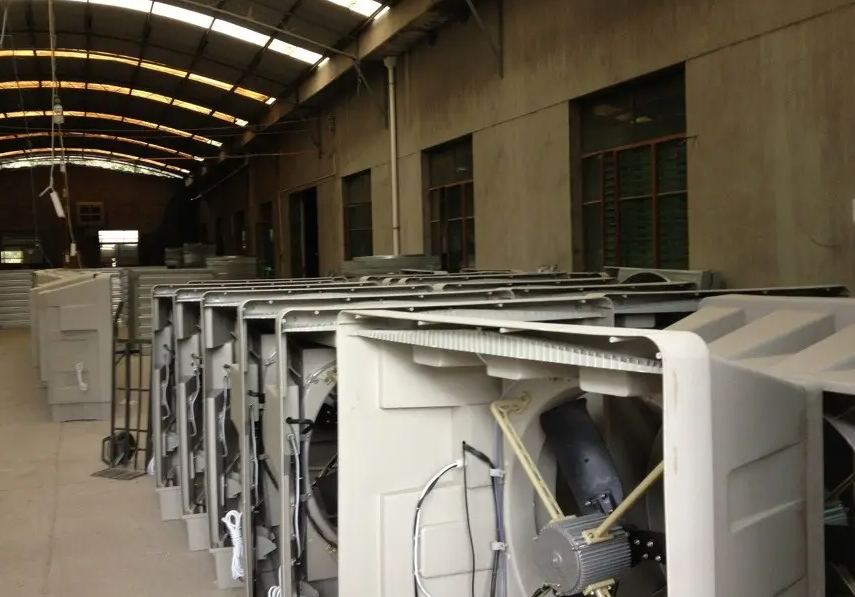
- English
- Español
- Português
- русский
- Français
- 日本語
- Deutsch
- tiếng Việt
- Italiano
- Nederlands
- ภาษาไทย
- Polski
- 한국어
- Svenska
- magyar
- Malay
- বাংলা ভাষার
- Dansk
- Suomi
- हिन्दी
- Pilipino
- Türkçe
- Gaeilge
- العربية
- Indonesia
- Norsk
- تمل
- český
- ελληνικά
- український
- Javanese
- فارسی
- தமிழ்
- తెలుగు
- नेपाली
- Burmese
- български
- ລາວ
- Latine
- Қазақша
- Euskal
- Azərbaycan
- Slovenský jazyk
- Македонски
- Lietuvos
- Eesti Keel
- Română
- Slovenski
- मराठी
- Srpski језик
Application aApplication and analysis of bending process in air conditioner housing and microwave oven housingnd analysis of bending process in air conditioner housing and microwave oven housing
2024-09-02
Bending process is a common processing technology in the manufacturing industry, which is mainly used to process metal or plastic materials into specific shapes and sizes to meet the needs of product design. This article will take air conditioner housing and microwave oven housing as examples to briefly introduce the application of bending process in these two products, and explore some other product accessories using similar processes.
1. Bending process of air conditioner housing
Air conditioner housing is usually made of cold-rolled steel plate or aluminum alloy plate, which needs to be processed into the required shape by bending process. The bending process of air conditioner housing mainly includes the following steps:
Material preparation: Select steel plate or aluminum alloy plate of appropriate thickness, which usually needs to be deburred and cleaned to ensure the accuracy of the bending effect.
Stamping: Use a stamping die to pre-stamp the material into a basic shape. This step usually involves feeding the material into the die and applying pressure to form a preliminary bend.
Fine bending: After preliminary forming, use a CNC bending machine for fine bending. The CNC bending machine can accurately control the bending angle and bending radius to ensure that the size and shape of the housing meet the design requirements.
Post-processing: The bent shell usually needs to be sprayed or electroplated to improve corrosion resistance and aesthetics. Post-processing also includes removing possible sharp edges and burrs.
The bending process not only affects the appearance, but also affects the heat dissipation performance and overall structural strength of the air conditioner. Accurate bending process can ensure the sealing and durability of the shell, thereby improving the service life and reliability of the air conditioner.


2. Bending process of microwave oven shell
The bending process of microwave oven shell is similar to that of air conditioner shell, but because the shell of microwave oven usually involves more complex design and detail processing, its process requirements are also higher:
Material selection: Common materials for microwave oven shell include stainless steel or galvanized steel sheet, which not only need to have good mechanical properties, but also good radiation resistance and high temperature resistance.
Stamping and bending: The stamping and bending process of microwave oven shell usually includes multiple complex bending steps. After the initial stamping is completed, multiple bending is required to form the complex geometry of the shell.
Assembly and welding: Some parts of the microwave oven shell may need to be assembled through welding process to enhance the stability and sealing of the structure.
Surface treatment: In order to improve the aesthetics and rust resistance, the microwave oven shell is usually painted or electroplated. At the same time, in order to ensure safety, the surface treatment also needs to consider the requirements of radiation resistance.
3. Other product accessories using bending technology
In addition to air conditioners and microwave oven shells, bending technology is also widely used in the manufacture of many other product accessories. Here are a few typical examples:
Automobile parts: Many metal parts in automobile manufacturing, such as body panels and bumpers, need to be bent to form complex shapes and structures. The bending accuracy of these parts directly affects the appearance and safety performance of the car.
Household appliance shells: Such as washing machines and refrigerator shells, these products usually need to be bent to form shells of various shapes to meet different design requirements and functional requirements.
Industrial equipment shells: Many industrial equipment, such as generators and transformer shells, are also processed by bending technology. Accurate bending technology helps to improve the durability and performance of equipment.
4.Finally
Bending technology plays an important role in the manufacture of air conditioner shells and microwave oven shells. It not only affects the appearance and structure of the product, but also directly affects the function and durability of the product. Through the fine bending process, the dimensional accuracy and strength of the shell can be ensured, while improving the aesthetics and performance of the product. In addition, the bending process is also widely used in the fields of automotive parts, home appliance shells and industrial equipment.



